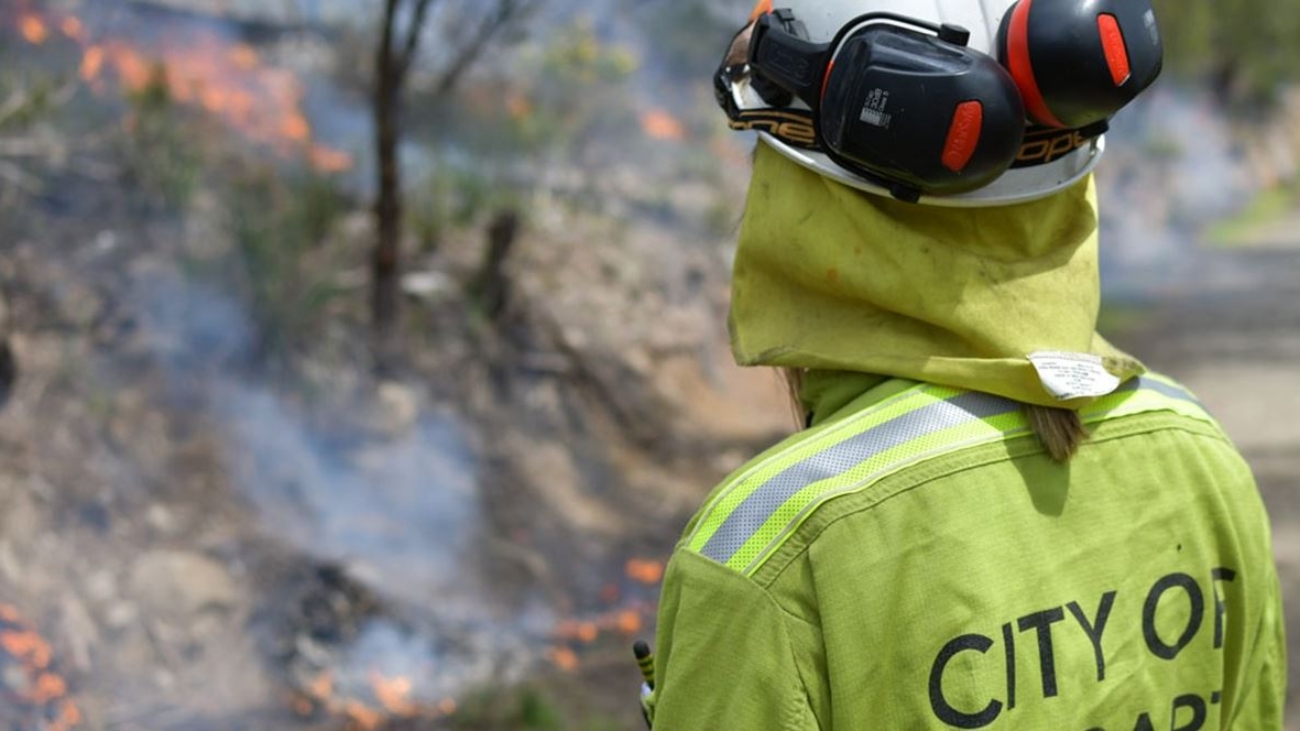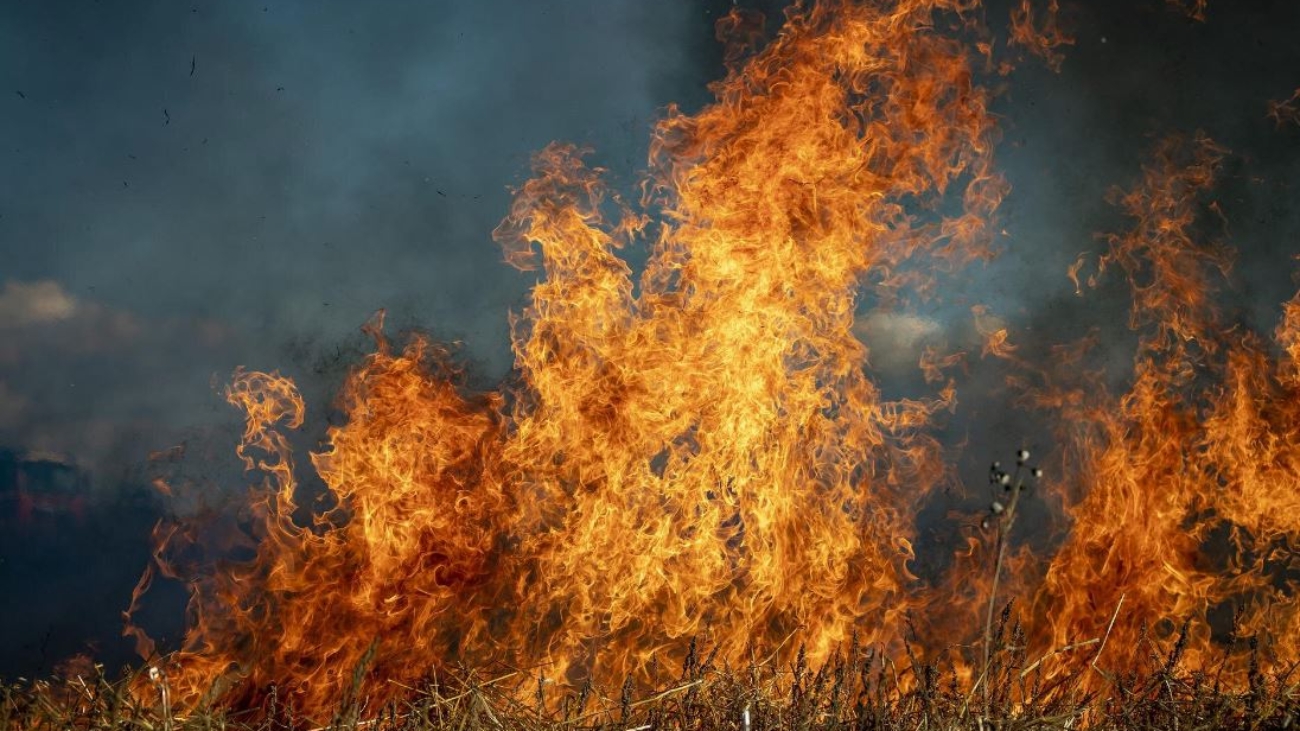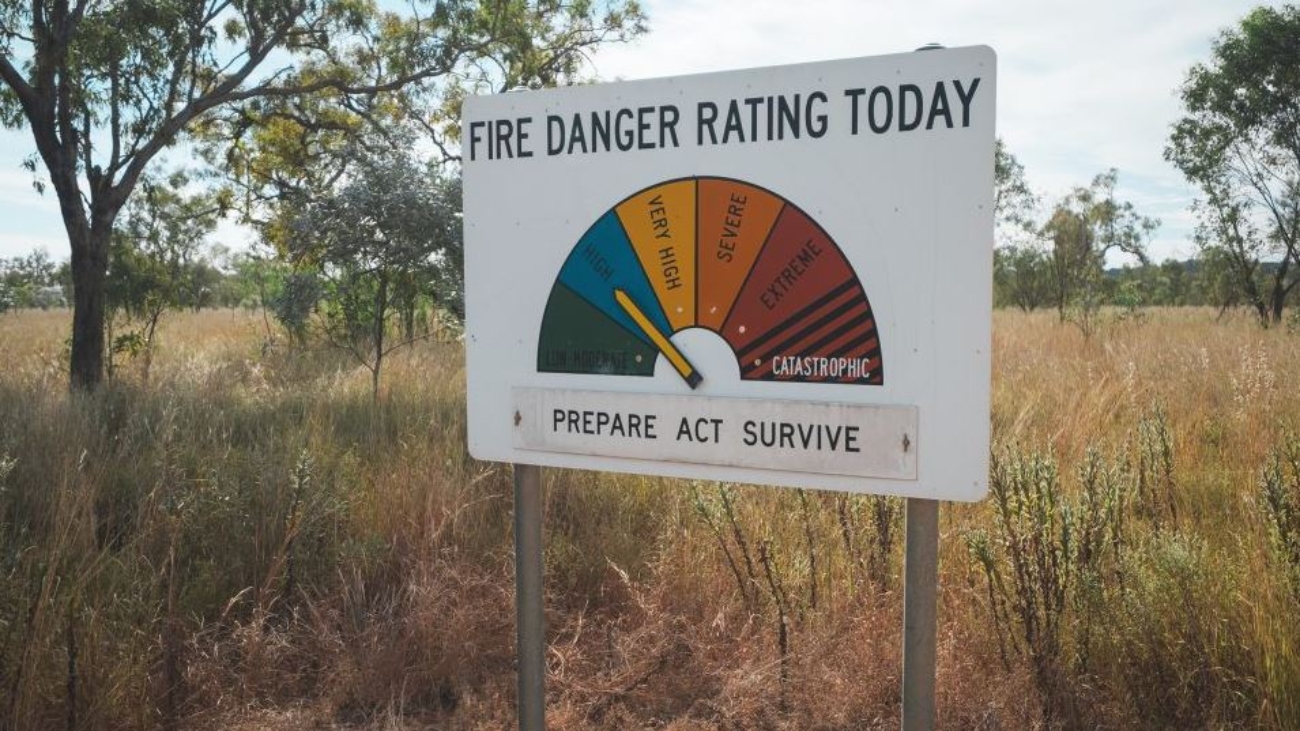Vegetation management is a critical component of bushfire protection planning. Managing vegetation on your property can help reduce the risk of bushfires and improve property safety. Here are some of the key reasons why vegetation management is so important in bushfire protection:
- Fuel reduction: Vegetation is one of the primary fuels that drives bushfires. By managing vegetation on your property, you can reduce the amount of fuel available for a fire and limit its potential spread.
- Access and egress: Managing vegetation can also help improve access and egress for emergency vehicles, making it easier for firefighters to respond to a bushfire and for residents to evacuate safely.
- Asset protection: Vegetation management can also help protect your property from the impacts of bushfires. By creating a buffer zone between your property and surrounding vegetation, you can reduce the risk of ember attack and limit the potential spread of a bushfire.
- Preserving natural habitat: Vegetation management can also help preserve the natural habitat of your property. By selectively removing or modifying vegetation, you can create a diverse and healthy ecosystem that supports biodiversity and reduces the risk of invasive species.
There are several ways to manage vegetation on your property for bushfire protection:
- Mowing and slashing: Regularly mowing or slashing grasses and other vegetation can reduce fuel loads and create firebreaks.
- Pruning and thinning: Pruning and thinning trees and shrubs can create space between plants, reduce fuel loads, and improve access and egress.
- Controlled burns: Controlled burns, when conducted safely and under the right conditions, can reduce fuel loads and promote healthy vegetation growth.
- Herbicides: Selective use of herbicides can help manage invasive species and reduce fuel loads.
When managing vegetation for bushfire protection, it’s important to consult with experts and follow best practices to ensure that your efforts are effective and safe. A bushfire protection planning company can provide guidance and support for vegetation management and other aspects of bushfire protection planning.
In conclusion, vegetation management is a critical aspect of bushfire protection planning that can help reduce the risk of bushfires and improve property safety. By taking proactive steps to manage vegetation on your property, you can help protect your assets and preserve the natural environment for future generations.




